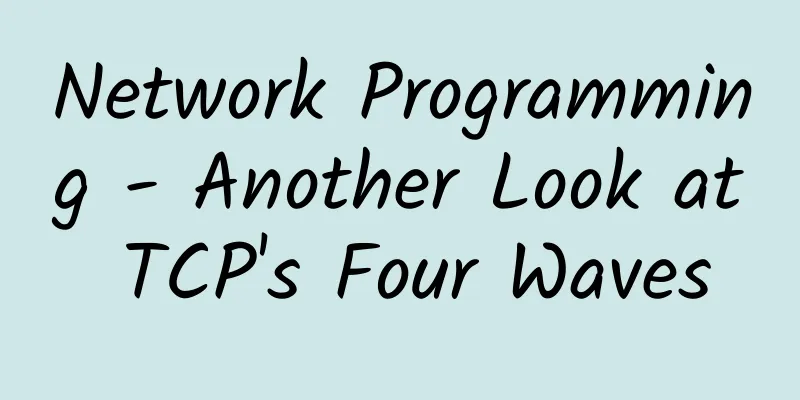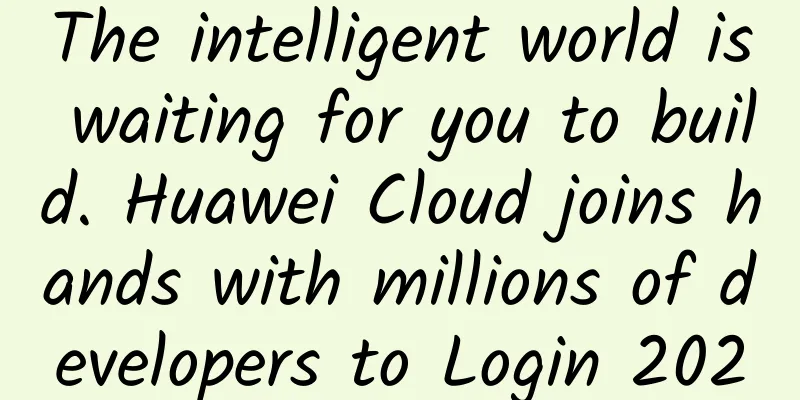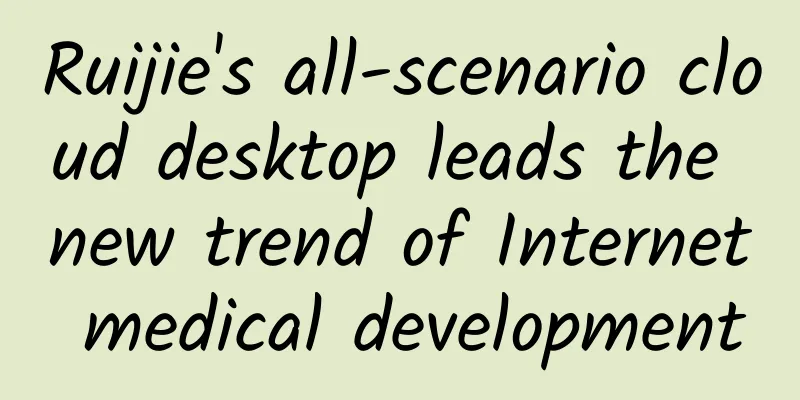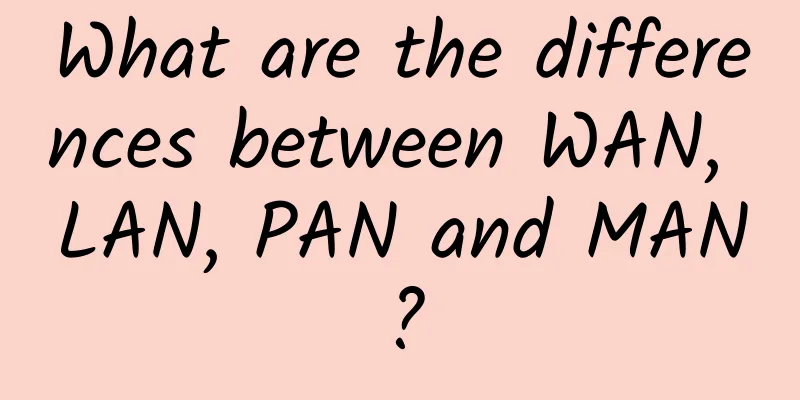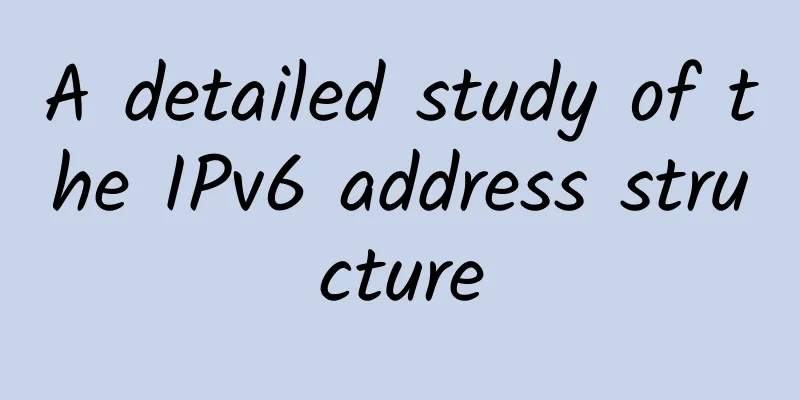This is the best answer I have ever heard about "TCP's three-way handshake and four-way breakup"

|
When it comes to TCP connection establishment and disconnection, people often talk about "three-way handshake" and "four-way wave", which have become familiar terms for network engineers. Today, we will delve deeper into this topic and reveal the mechanisms behind the TCP protocol, allowing us to better understand the nature of network communication. 1. What is TCP protocol?TCP (Transmission Control Protocol) is a transport layer protocol commonly used in computer networks. It is responsible for reliably transmitting data on the network. TCP is a connection-oriented protocol that establishes a reliable connection between the two ends of communication to ensure the integrity and order of data. TCP is often used in applications that require high data integrity, such as file transfer, email transmission, and web browsing. It is one of the most widely used transmission protocols on the Internet. Together with IP (Internet Protocol), it forms the TCP/IP protocol stack, providing a reliable foundation for network communications. 2. Why does TCP need a three-way handshake and a detailed explanation of the principle?The main purpose of TCP's three-way handshake is to ensure that both ends of the communication (client and server) can work normally and establish a reliable connection. This process involves three stages of communication, the specific principles are as follows: In general, the three-way handshake ensures that both parties can conduct two-way communication before the connection is established, reducing connection problems caused by network instability or other reasons. This design makes the TCP protocol more reliable. 3. Why does TCP have four breakups and what is the principle?The four breakups in the TCP protocol are to ensure that when the connection is disconnected, both parties can complete the exchange of data that has not yet been transmitted, thereby avoiding data loss or incompleteness. The principle of four waves involves the following steps: In general, the four-wave mechanism of the TCP protocol ensures the reliability of the connection when it is closed, ensuring that both parties have enough time and opportunity to complete the exchange of data that has not yet been transmitted. This design makes the TCP protocol more robust during connection disconnection. 4. What is the difference between TCP and UDP?TCP (Transmission Control Protocol) and UDP (User Datagram Protocol) are two commonly used transport layer protocols in computer networks. They have some key differences: In general, TCP and UDP have different design goals and are suitable for different application scenarios. TCP focuses on data integrity and reliability and is suitable for scenarios with high requirements on data integrity, such as file transmission. UDP focuses on real-time performance and is suitable for scenarios with high requirements on real-time performance, such as audio and video transmission. By gaining an in-depth understanding of TCP's three-way handshake and four-way breakup, we can better understand the principles of connection establishment and disconnection in network communications, providing a foundation for more efficient network applications and maintenance. In the world of the Internet, these details of handshakes and waves are the key to ensuring smooth communication. |
<<: Goodbye, Citrix! Domestic cloud desktop players reshuffle, who can eat more cake?
Recommend
NASA to launch laser communications relay demonstration mission this year
According to foreign media, NASA has a mission ca...
AkkoCloud: 110 yuan/month, CN2 GIA, Germany, 1.5G memory, 20G SSD hard drive, 1.5T monthly traffic
AkkoCloud is a Chinese hosting company establishe...
[11.11]80VPS: 50% off all VPS, special VPS annual payment starting from 199 yuan, multiple data centers in Hong Kong/US/Japan/Korea, etc.
80VPS also launched a promotion during the Double...
IndoVirtue: Singapore direct VPS starting at $7 per month, 1G RAM/20GB hard drive/400GB monthly traffic
IndoVirtue is a foreign hosting company founded i...
TCP/IP protocol family architecture--network communication
Computers and network devices need to follow the ...
LoRa and 5G: Can they be used for IoT network connectivity at the same time?
There is no doubt that 5G is the new technology o...
Suyun: Guangzhou Mobile 1G bandwidth VPS monthly payment 188 yuan, Hong Kong 500M-1G large bandwidth VDS monthly payment from 495 yuan
Suyun Technology is Shenzhen Lesuyun Network Tech...
EU approves release of 700MHz frequency band to promote 5G development
[[177576]] The European Parliament recently passe...
The future of optical communications: innovation and integration of PON technology
Author | Heye Review | Chonglou With the continuo...
RAKsmart: 5+253 IP cluster servers starting at $177 per month, with data centers in Los Angeles/San Jose/Japan/Hong Kong available
Earlier this month, we shared the popular cloud s...
[11.11] CMIVPS recharge 10% off, 30% off for all VPS annual payments, buy 10 months of dedicated server and get 2 months free
CMIVPS released this year's Double 11 promoti...
DogYun (Dog Cloud) Spring Festival dynamic cloud 30% off, classic cloud 20% off, top up 100 yuan to get 10 yuan, Hong Kong VPS annual payment starts from 199 yuan
DogYun is a Chinese hosting company established i...
Omdia Observation: TIP open core network plan is progressing slowly
According to the latest report from market resear...
AkkoCloud: UK/Germany/US CN2 GIA line starting from 99 yuan/quarter, 500M large bandwidth CN2 GIA
Friends who need CN2 GIA line hosts can pay atten...
